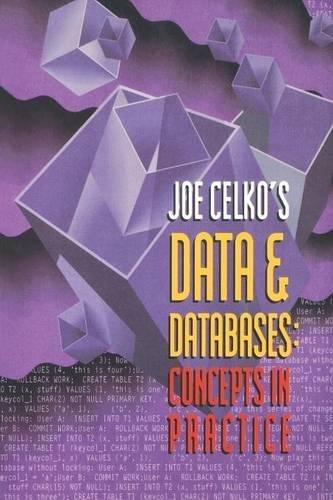Answered step by step
Verified Expert Solution
Question
1 Approved Answer
I ask the questions to many t-u-T-o-r-s, but there's no one can help me... I really need someone help with my homework...Thank you very much
I ask the questions to many t-u-T-o-r-s, but there's no one can help me... I really need someone help with my homework...Thank you very much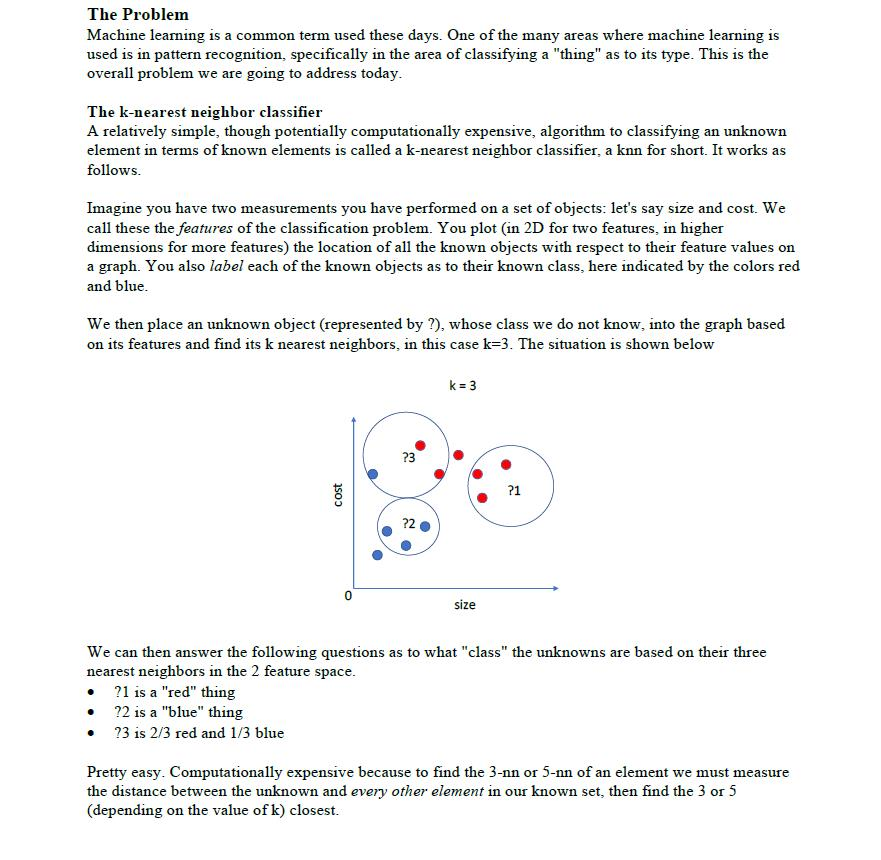
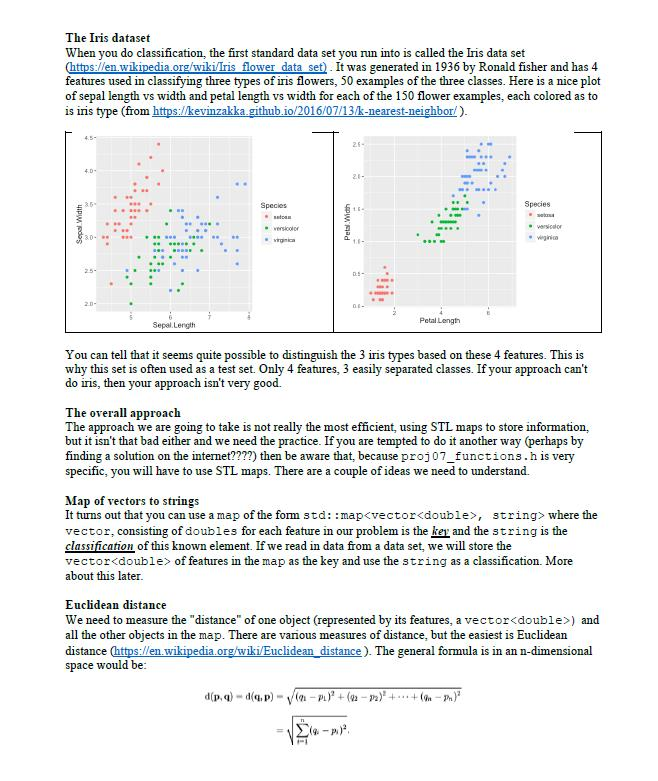

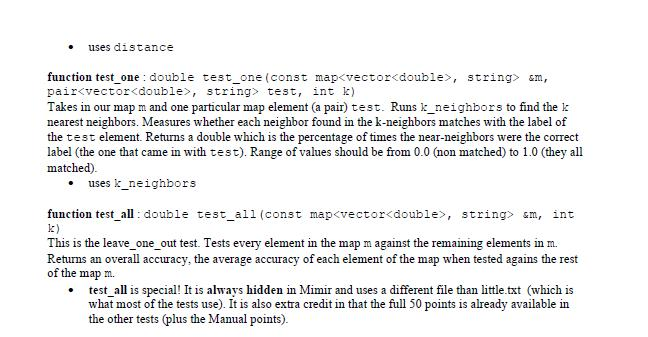
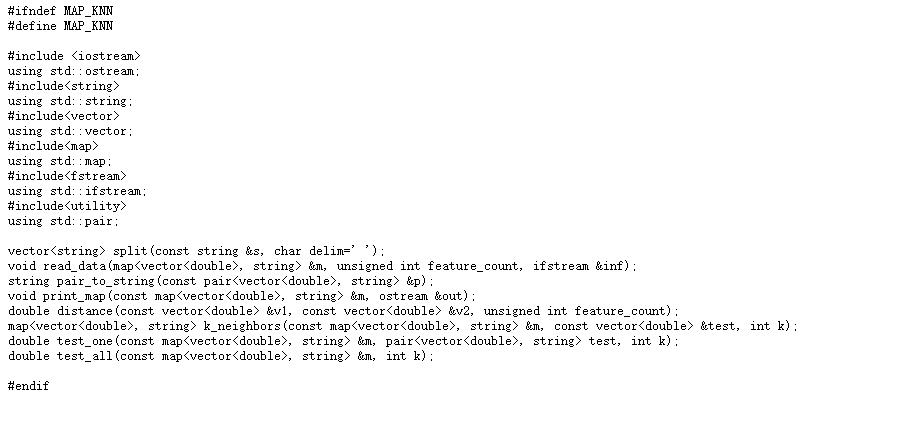
little.txt:
5.1,3.5,1.4,0.2,Iris-setosa 4.9,3.0,1.4,0.2,Iris-setosa 4.7,3.2,1.3,0.2,Iris-setosa 4.6,3.1,1.5,0.2,Iris-setosa 7.0,3.2,4.7,1.4,Iris-versicolor 6.4,3.2,4.5,1.5,Iris-versicolor 6.9,3.1,4.9,1.5,Iris-versicolor 5.5,2.3,4.0,1.3,Iris-versicolor 6.3,3.3,6.0,2.5,Iris-virginica 5.8,2.7,5.1,1.9,Iris-virginica 7.1,3.0,5.9,2.1,Iris-virginica 6.3,2.9,5.6,1.8,Iris-virginica
The Problem Machine learning is a common term used these days. One of the many areas where machine learning is used is in pattern recognition, specifically in the area of classifying a "thing" as to its type. This is the overall problem we are going to address today The k-nearest neighbor classifier A relatively simple, though potentially computationally expensive, algorithm to classifying an unknown element in terms of known elements is called a k-nearest neighbor classifier, a knn for short. It works as follows Imagine you have two measurements you have performed on a set of objects: let's say size and cost. We call these the features of the classification problem. You plot (in 2D for two features, in higher dimensions for more features) the location of all the known objects with respect to their feature values on a graph. You also label each of the known objects as to their known class, here indicated by the colors red and blue We then place an unknown object (represented by ?), whose class we do not know, into the graph based on its features and find its k nearest neighbors, in this case k=3. The situation is shown below ?3 21 0 size We can then answer the following questions as to what "class" the unknowns are based on their three nearest neighbors in the 2 feature space 1 is a "red" thing 72 is a "blue" thing 3 is 2/3 red and 1/3 blue Pretty easy. Computationally expensive because to find the 3-nn or 5-nn of an element we must measure the distance between the unknown and every other element in our known set, then find the 3 or 5 (depending on the value of k) closestStep by Step Solution
There are 3 Steps involved in it
Step: 1

Get Instant Access to Expert-Tailored Solutions
See step-by-step solutions with expert insights and AI powered tools for academic success
Step: 2

Step: 3

Ace Your Homework with AI
Get the answers you need in no time with our AI-driven, step-by-step assistance
Get Started


